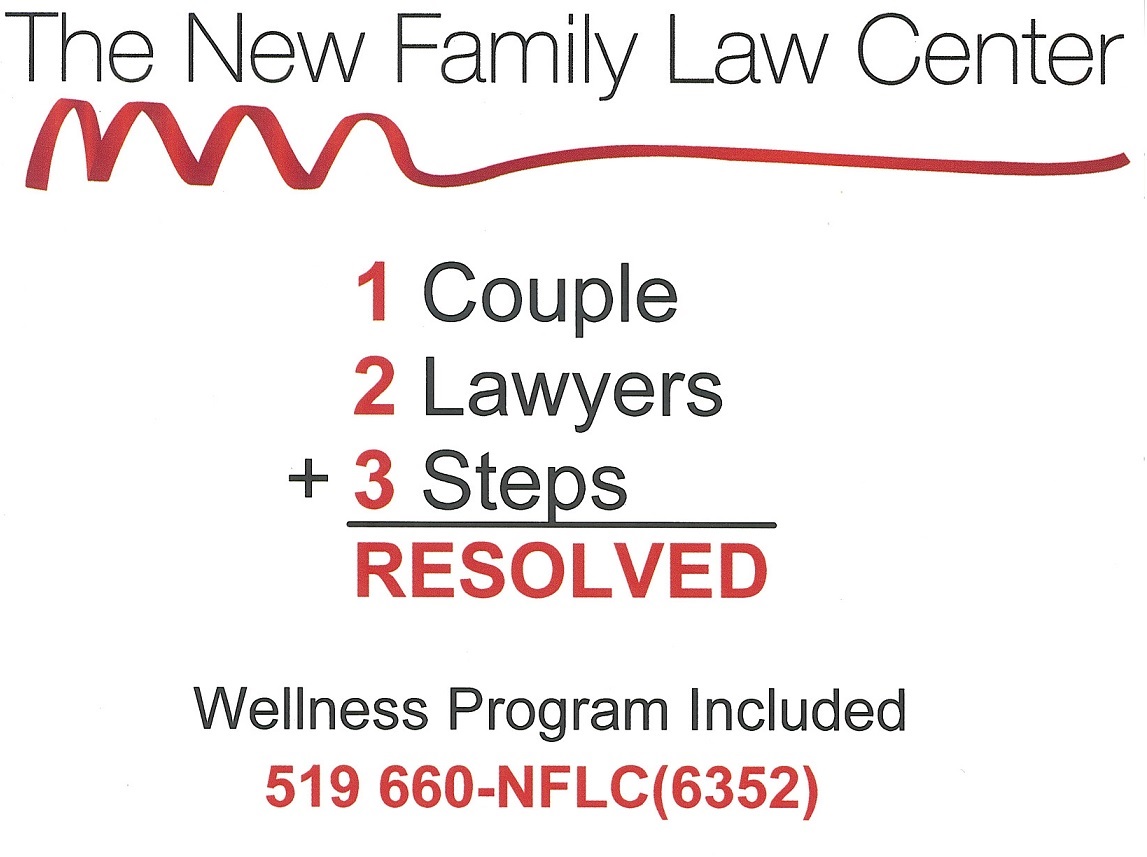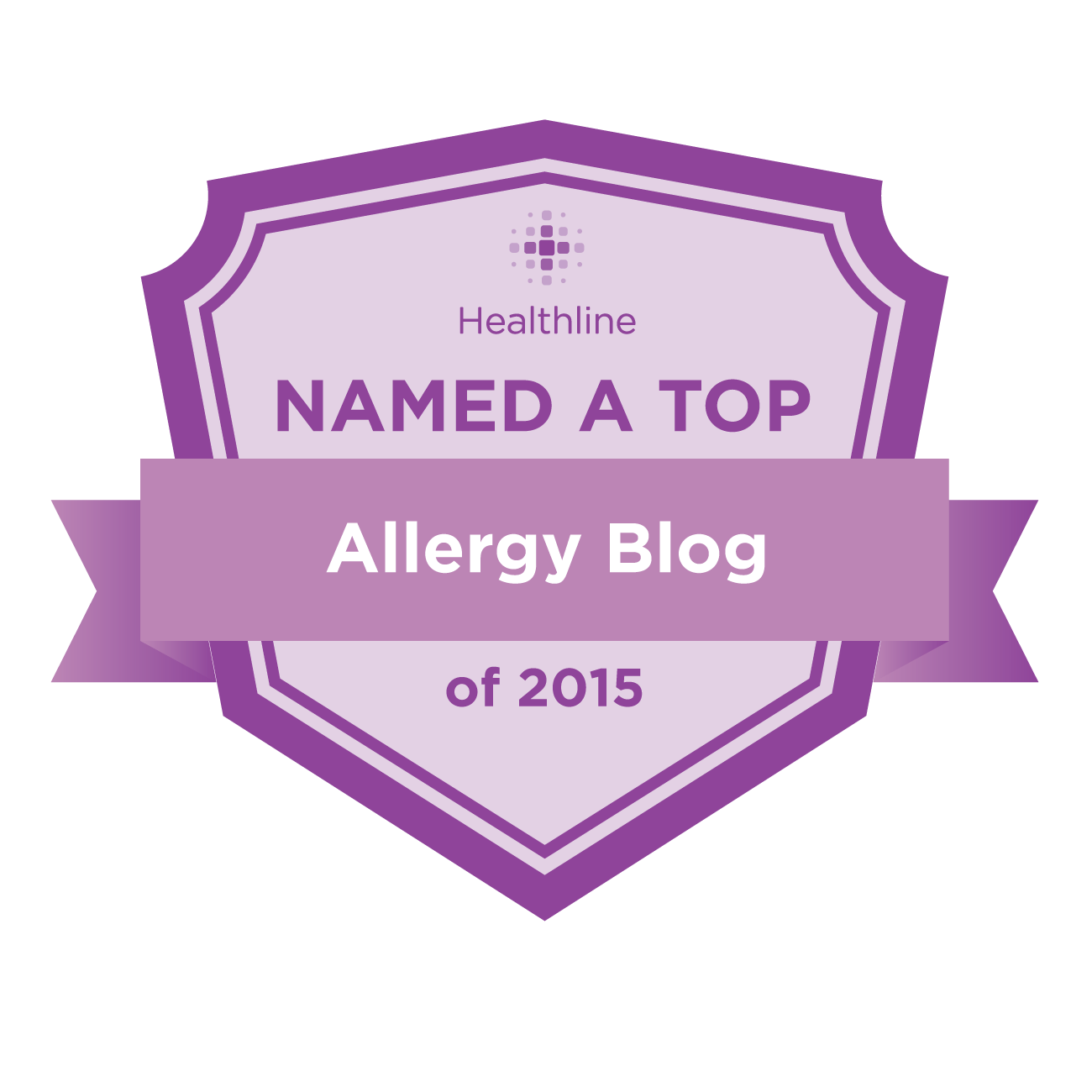I presented at my son’s high school today to advise them about caring for allergic students. My first recommendation was that the teachers immediately check over their class lists for students identified as allergic or asthmatic, because both conditions are potentially life threatening and require immediate action should symptoms be noticed.
Teachers need to keep those students’ conditions in mind, observe them carefully during class time, be aware of the symptoms to watch for, and act quickly should a reaction occur. I showed them this page of children who suffered fatal or life threatening episodes on school property (allergy_victims to view), and then worked through these key points.
Some Key facts about anaphylaxis or allergic shock:
An allergic emergency is also known as anaphylaxis. It’s defined as a reaction involving at least 2 organ systems OR a sudden drop in blood pressure alone due to a protein that is treated by the immune system as a foreign substance. It takes only 1 – 2 minutes for a mild reaction to escalate into anaphylaxis, and the quicker it comes on, the more likely it will be severe.
25% of Epipen doses used at schools are for students and staff with no known risk and no Epipen.
An Epipen injection is the first-line and the second line therapy. It doesn’t stop a reaction in its tracks, and it always needs to be followed by an ambulance trip to emergency with observation for 4 to 6 hours and follow up care.
The consequences of a severe allergic reaction are brain damage or death. When reactions don’t go as far as anaphylaxis, they’re still serious.
Symptoms can include:
What to do in the event of an allergic reaction:
Lay the student down, and keep him or her lying down until paramedics arrive.
Use the EpiPen within the first 5 minutes of the start of the attack. Any fatalities waited more than 5 minutes (on average 40 minutes) for epinephrine, which is tragic. You cannot go wrong using it.
Do not move the student. Leave the student laying down.
Call 911. Tell them you have a patient in anaphylactic shock and you’ve used the EpiPen.
Go with the student to the hospital in the ambulance.
Call the parents and stay with the student until they arrive.
I finished the presentation by demonstrating how to use an Epipen (see video below) and how to use a Twinject injector. I left them Epipen instruction cards and a training pen to pass around. Hopefully I improved the safety of the allergic students already in the high school and paved the way for my son to be safer when he attends in a few years.
*
If you found this post helpful, I would love for you to use the “Sharing Is Caring” bar (below) to share this post via Facebook or Twitter. If you’re reading this as an e-mail message, you need to jump over to my blog first by clicking here.









Thank you! This is a fabulous resource!